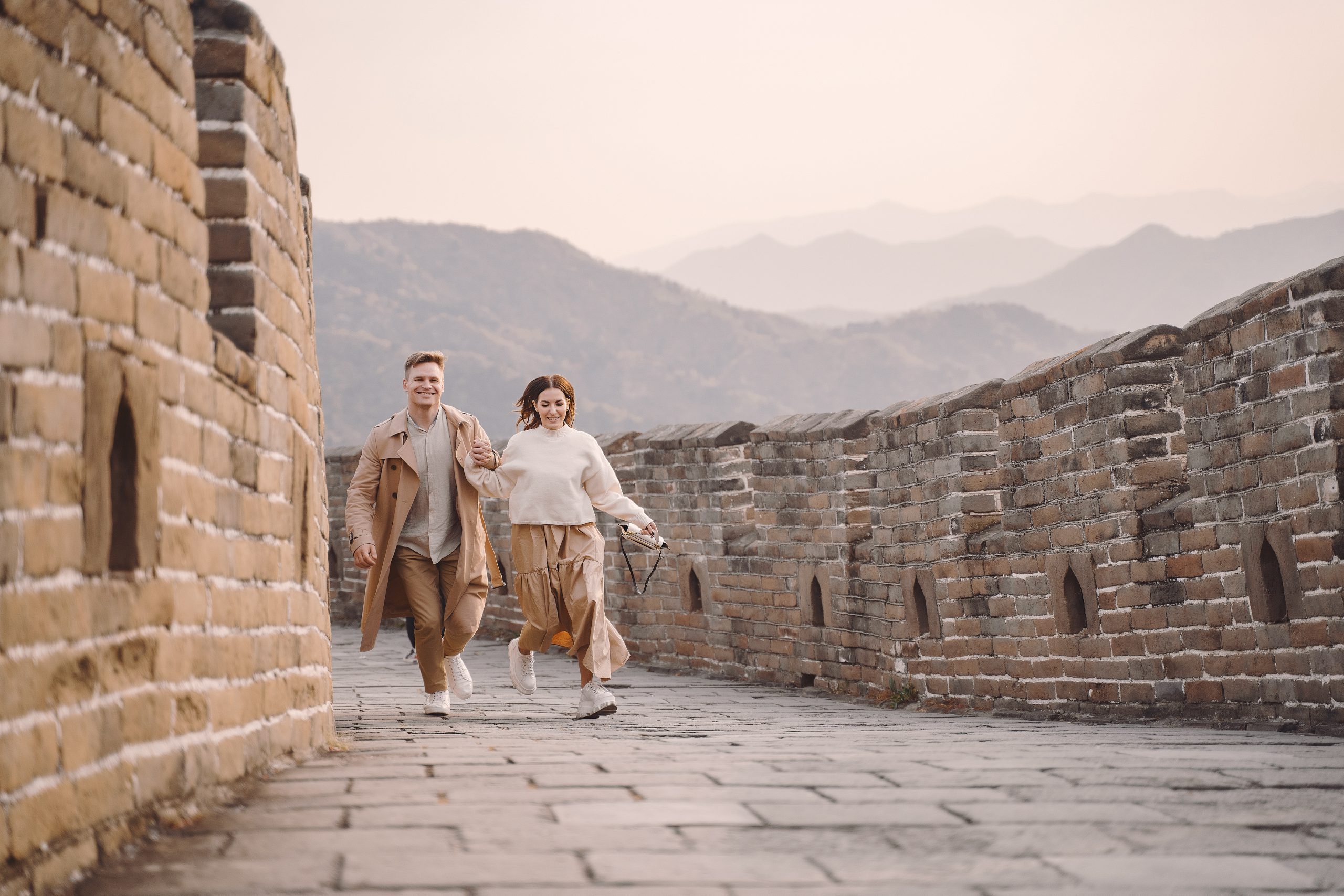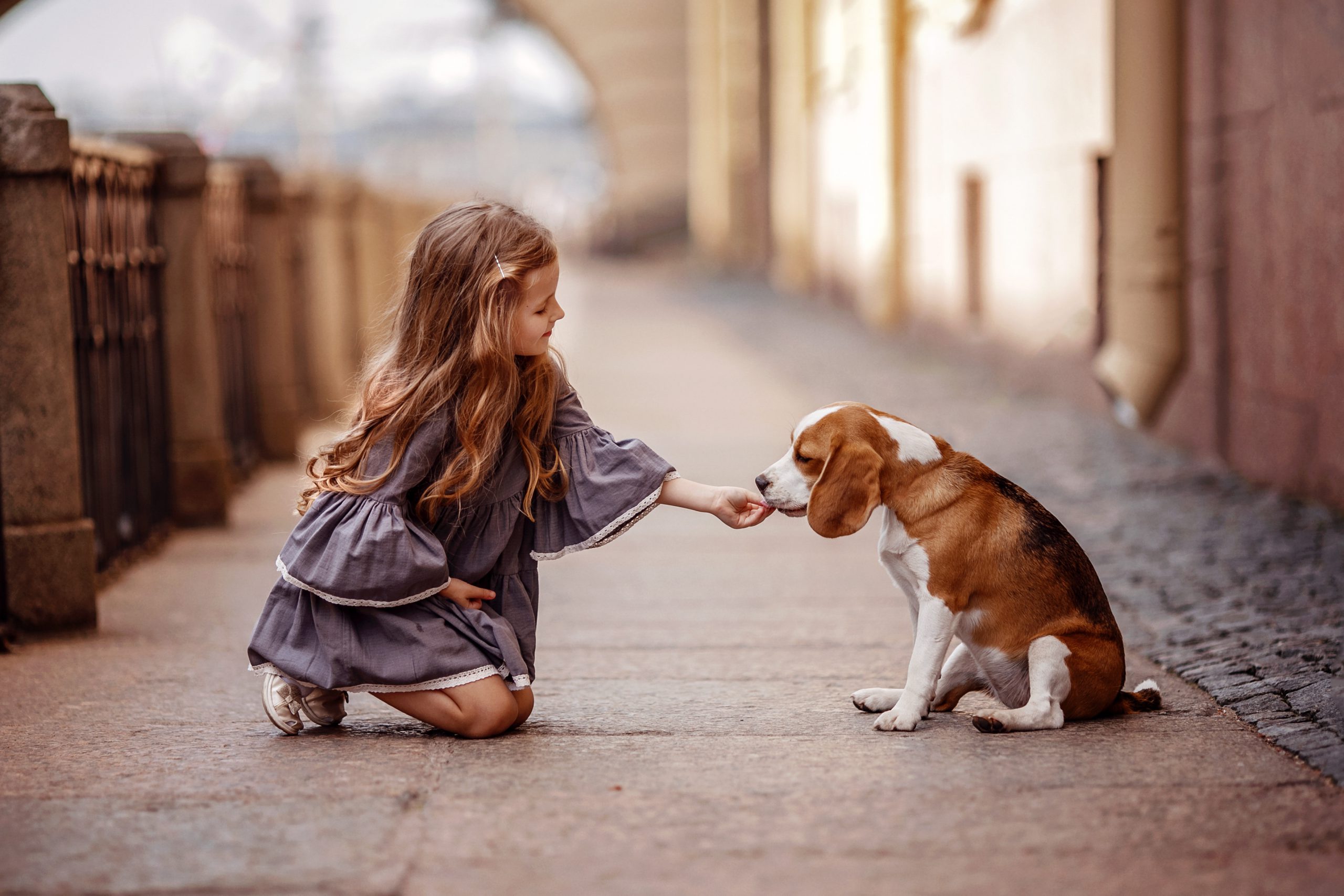When Walt Disney first started his animation studio in the early 1920s, he could never have imagined the revolutionary impact it would have on the world of entertainment. From the creation of the beloved Mickey Mouse to the enchanting and timeless classics like Snow White and the Seven Dwarfs, Disney’s animation has captured the hearts and minds of audiences for almost a century.
But as technology continues to advance at a rapid pace, Disney’s movie technology has evolved, taking animation to whole new levels of magic and wonder. With techniques such as 3D animation, motion capture, and virtual reality, Disney has not only changed the way we experience their movies but also how animation is created and perceived.
Let’s take a closer look at the cutting-edge technology behind Disney’s animated blockbusters and how it is changing the world of animation as we know it.
3D Animation: A New Dimension of Storytelling
Disney’s first foray into 3D animation was with the release of Toy Story in 1995. This groundbreaking film was the first ever feature-length animated movie to be fully created using computer-generated imagery (CGI). It was a monumental achievement that set the standard for all future 3D animated films.
Since then, Disney has continued to push the boundaries of 3D animation, creating visually stunning and immersive worlds in movies like Frozen, Zootopia, and Moana. The technology behind these films allows for greater flexibility and detail in characters and environments, making them feel more lifelike and realistic.
But it’s not just the visuals that have improved with 3D animation. The technology also allows for more complex and dynamic storytelling. Directors and animators can now create intricate camera movements and seamless transitions between scenes, enhancing the overall cinematic experience. This has opened up a whole new world of possibilities for storytelling in animation, giving Disney’s filmmakers more creative freedom than ever before.
Motion Capture: Bringing Characters to Life
In the early days of animation, characters were drawn and animated frame by frame by skilled artists. But with the advent of motion capture technology, Disney’s animators can now bring characters to life in a whole new way.
One of the most notable examples of this is Disney’s live-action remake of The Jungle Book. Directed by Jon Favreau, the film utilized motion capture technology to bring the animals in the story to life. The actors, such as Bill Murray who played Baloo, wore special suits fitted with sensors that captured their movements and facial expressions. This data was then used to animate the animals, creating a level of realism that had never been seen before.
But motion capture has also been used in Disney’s animated films, such as in the character of Groot in Guardians of the Galaxy. Actor Vin Diesel wore motion capture suits and performed the famous, “I am Groot” lines, which were then transformed into the beloved character we saw on screen.
Virtual Reality: A New Way to Experience Disney Magic
Disney has always been known for creating immersive and magical experiences for its audiences. And now, with the help of virtual reality (VR) technology, they are taking that experience to a whole new level.
At Disneyland in California and Walt Disney World in Florida, guests can now step into the world of several Disney movies through virtual reality experiences. With VR headsets and special effects, guests can soar through the skies in Aladdin’s magic carpet, sail across the ocean with Moana, and even experience the thrill of a space battle in Star Wars: Secrets of the Empire.
But the use of VR technology doesn’t stop there. In the production studio, Disney’s animators are incorporating VR into their creative process, allowing them to explore and refine the virtual worlds and characters they are creating. This immersive experience puts the animators right into the world they are building, enabling them to make more informed and detailed decisions about the final product.
The Future of Disney’s Movie Technology
With the pace of technological advancements showing no signs of slowing down, the future of Disney’s movie technology is almost unimaginable. But if history is any indication, Disney will continue to lead the way in the world of animation.
One area we can expect to see major advancements in is the use of artificial intelligence (AI). Disney has already started incorporating AI into their films, such as using deep learning algorithms to create realistic fur and hair textures in movies like Brave and Finding Dory. In the future, AI could potentially be used to automate certain aspects of the animation process, making it faster and more efficient.
Another exciting development on the horizon is the use of real-time rendering technology. This allows for the creation of high-quality, detailed 3D animations in real-time, reducing the time and resources needed to produce a film. It also has the potential to blur the lines between animation and live-action, creating a whole new genre of filmmaking.
Unlocking the Magic of Disney’s Movie Technology
From the early days of hand-drawn animation to the use of advanced technology like 3D animation, motion capture, and virtual reality, Disney has always been at the forefront of innovation in the world of animation. And with the rapid advancements in technology, the future looks even more exciting.
As Walt Disney himself once said, “Disneyland will never be completed. It will continue to grow as long as there is imagination left in the world.” And as long as there are new technologies to discover and unlock, Disney’s movies will continue to captivate and inspire audiences for generations to come.




